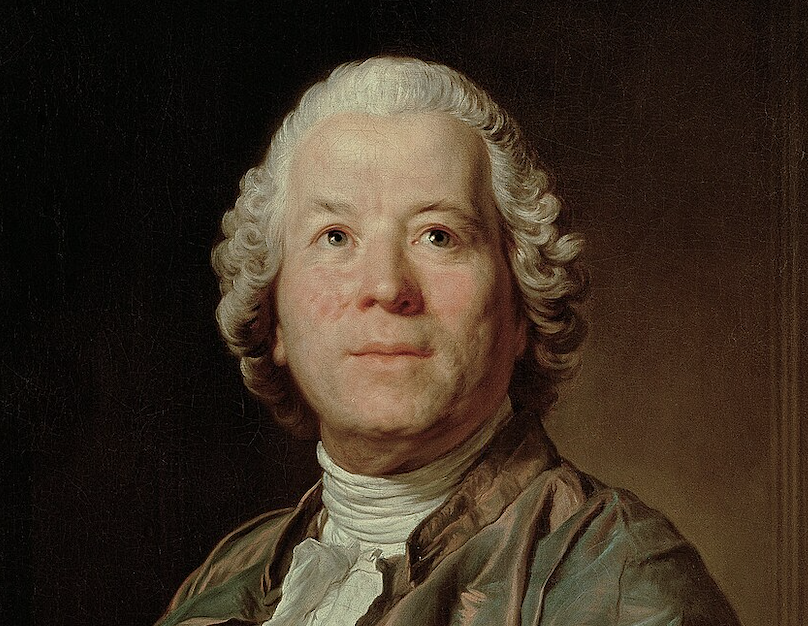16 November 2023
P.R. Jenkins
Spotlight Gluck: “Orfeo ed Euridice”

Gluck wasn’t a keystone of his repertoire, but Karajan did two series of his most popular work “Orfeo ed Eurydice” – with an 11-year-interval in between!
Christoph Willibald Gluck’s opera “Orfeo ed Eurydice” is regarded as one of the most important 18th century operas. Its concentrated plot, its pure and intimate style and its advanced use of the chorus led to a new form of opera reflected in subsequent works by Mozart and Beethoven.
Karajan’s first encounter with Gluck was a 1948 Salzburg production which included some interesting “premieres”. It was the first opera production at the “Felsenreitschule” and it was the first stage production involving Karajan and Maria Cebotari, one of the vocal legends of the 20th century.

They had recorded two Mozart arias the year before. Cebotari was a singer much admired by Richard Strauss in his old age, she played in movies, sang with Richard Tauber, Benjamino Gigli and Helge Rosvaenge and died of cancer a year after the Gluck production, only 39 years old. She was Euridice, Elisabeth Höngen was Orfeo, Sena Jurinac was Amor and Elisabeth Schwarzkopf appeared as one of the blessed spirits.

“No one who saw the production could resist the imaginative power exerted by the singing of Orpheus as he climbed down through the arcades to Hades, or the widening of the starry sky and the soft sound of Salzburg church bells as he arrived in the Elysian fields. (Gottfried Kraus)”
In 1959, the production had a revival with Giulietta Simionato as Orfeo and Sena Jurinac, this time as Euridice.
“Eleven years on, the Gluck was even more powerful and alluringly beautiful than it had been in 1948. […] The new Eros was to have been Anna Moffo, but she cancelled and Karajan brought in Graziella Sciutti, who quickly found herself embroiled in a religious controversy. Looking down into the Felsenreitschule from a path above the theatre a monk had spied the young Signorina ‘showing her legs’. An objection was lodged with the festival authorities and Eros – whose costume had hitherto been confined to a blonde wig, a gold breastplate, and tights – was duly provided with a floor-length tulle skirt. Karajan knew nothing of this until he saw Sciutti shortly before the show. She explained the problem. Karajan grunted and disappeared. ‘Now,’ he said, returning with a large pair of scissors and rapidly slitting the front of the skirt from floor to crotch, ‘work with that.’ Sciutti duly obliged, pushing a leg out here, a leg out there. In the end, the performance was more erotically suggestive than it had been before. (Richard Osborne)”
Karajan, as manager of the State Opera, transferred the production to Vienna the same year and conducted it with Wilma Lipp as Euridice and Anneliese Rothenberger as Amor. Giulietta Simionato remained as Orfeo.

In 1983, he recorded the famous “Dance of the Blessed Spirits” from Gluck’s opera with the Berlin Philharmonic, the solo flute played bewitchingly by Karlheinz Zoeller.
— P.R. JenkinsRichard Osborne: “Karajan. A Life in Music” Chatto & Windus, London. 1998





